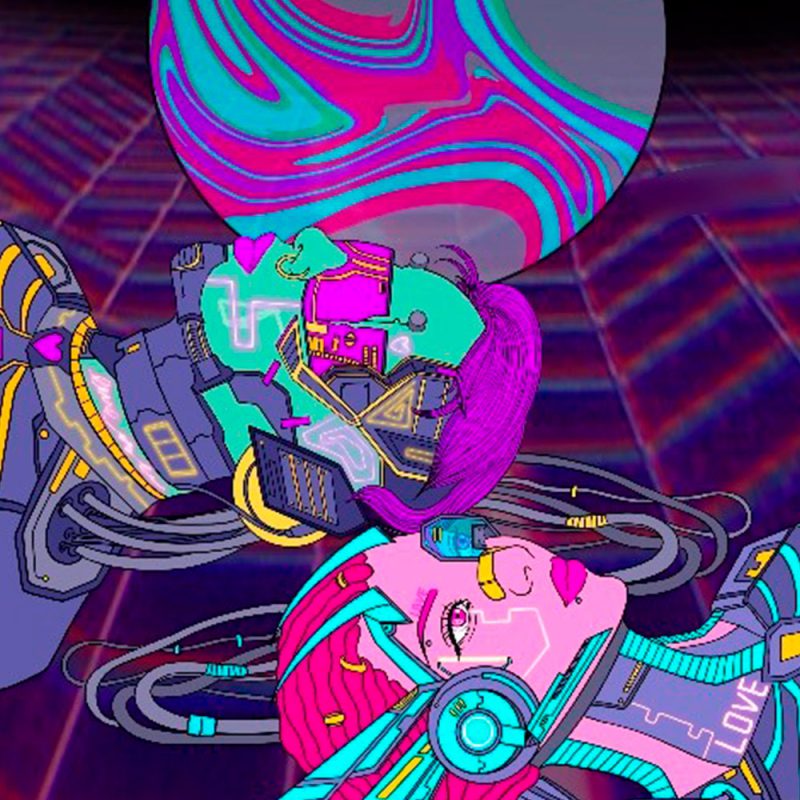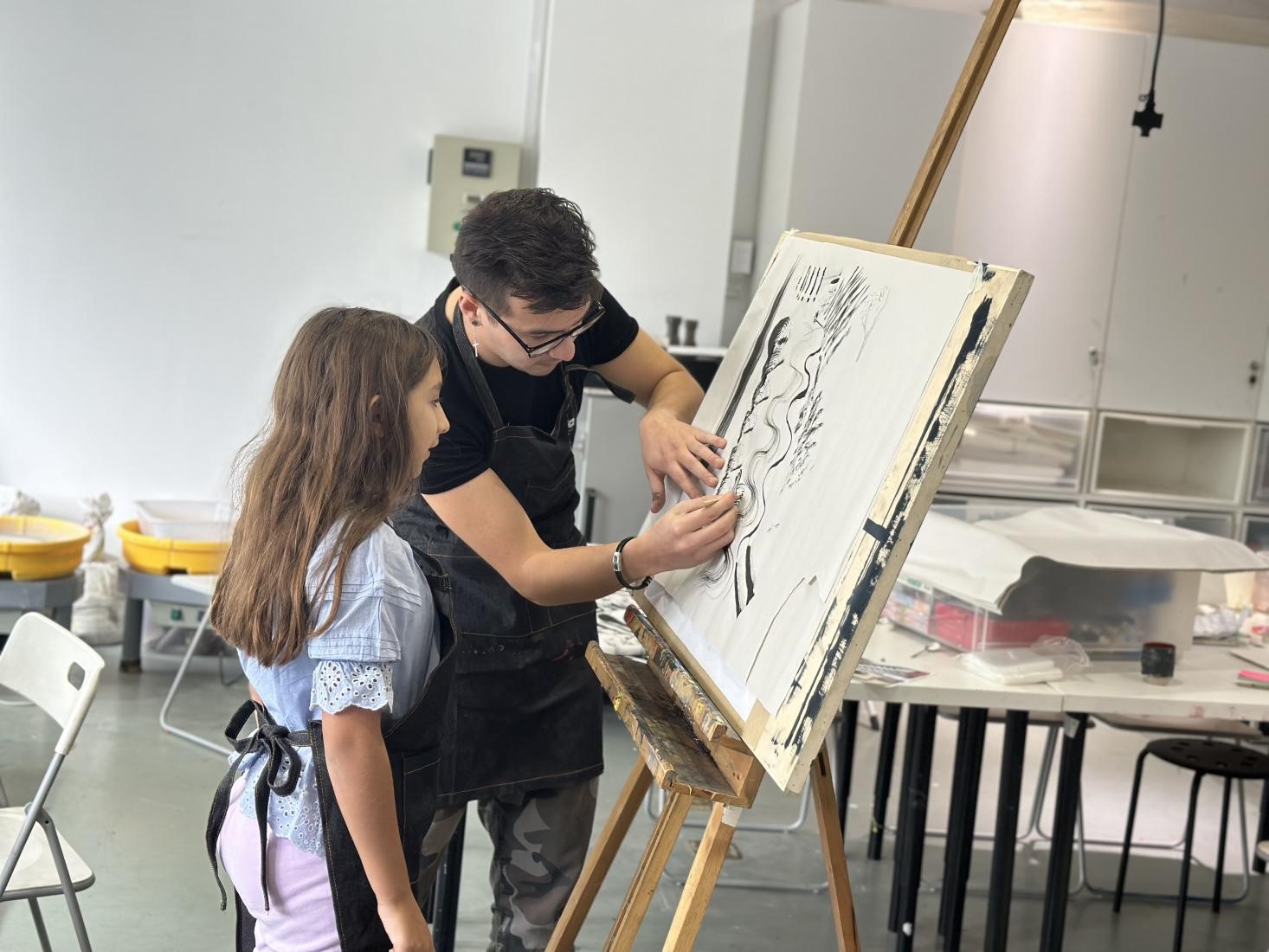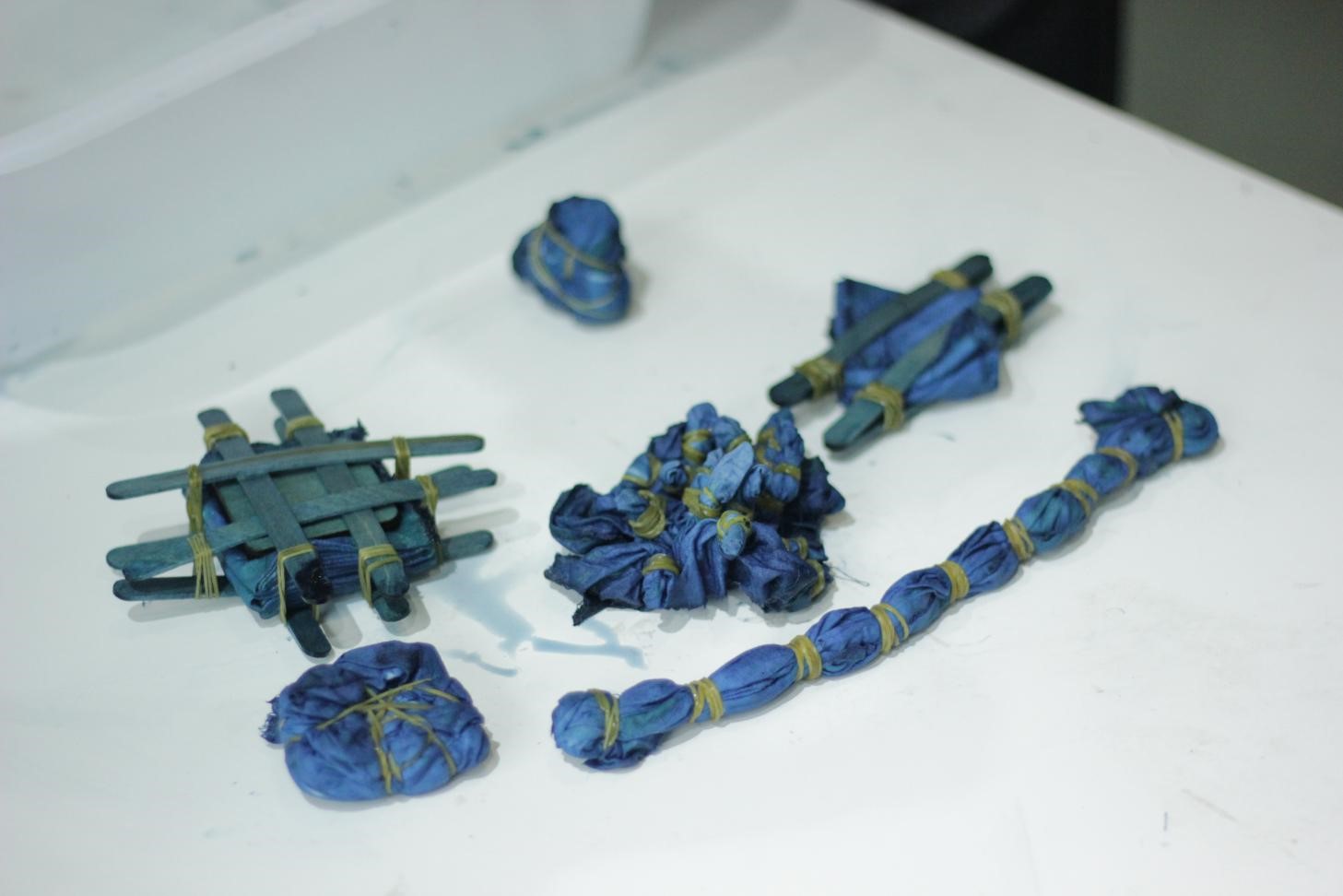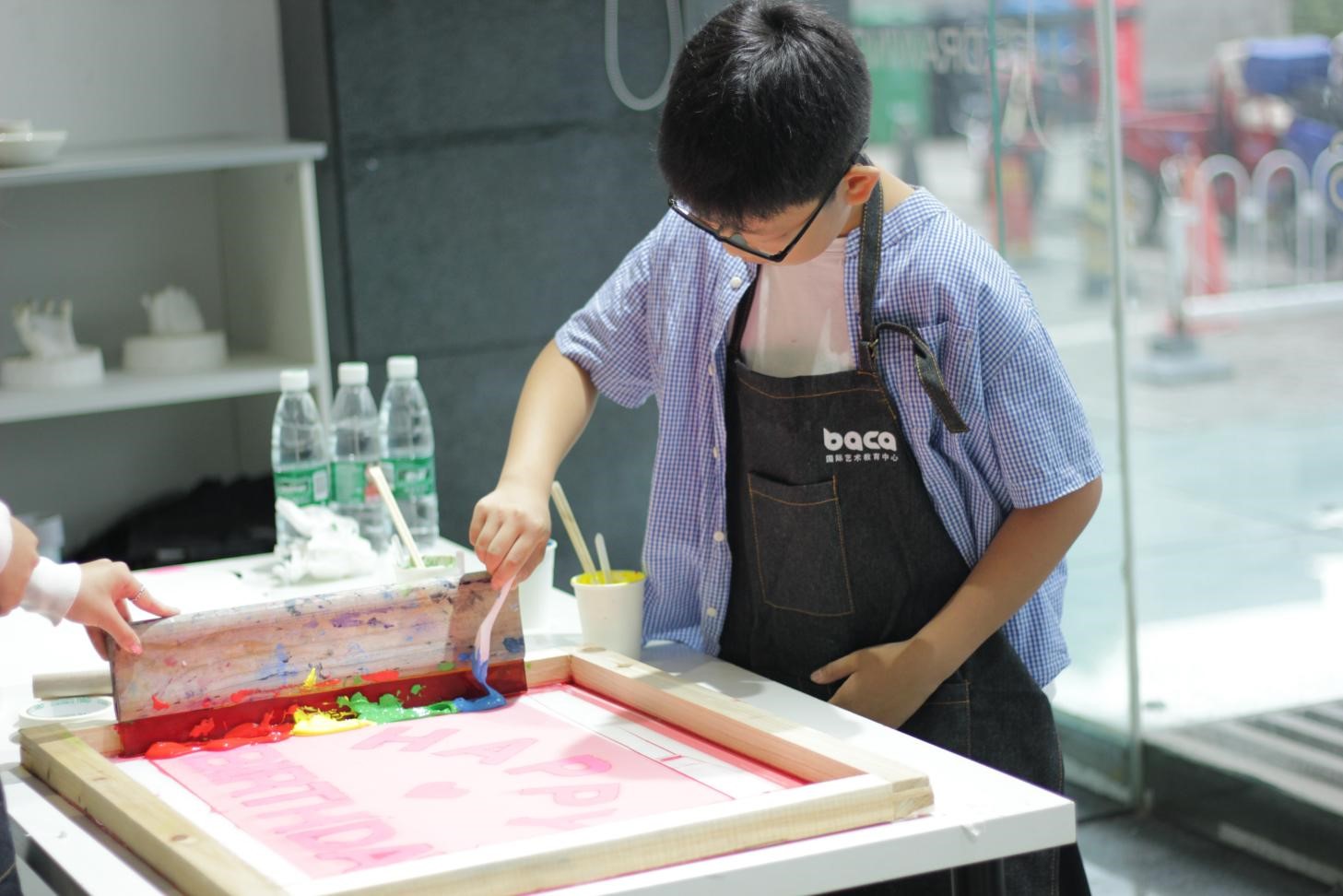


Location
BACA Art Center, East Side Ground Floor, Building B, Yonghe Tower

Scaling Drawings
Tutor:Tom Chin
Time:22/01/2024|Monday|9:30-12:00
Scale drawings is a method used in art and design to transfer and adjust the size of images based on specific proportions while maintaining their relative scale. It allows us to shrink or enlarge objects without altering their shapes. Scale drawing techniques enable accurate capture of fine details in an image and present them in a proportionate manner. The scale drawing course will introduce techniques for enlarging and transfering images using the grid method, which is widely employed by artists and designers.
Through our scale drawing course, students will gain a fundamental understanding of scale drawing techniques and learn how to apply them to enlarge their preferred images. They will learn how to divide the original image into smaller squares using the grid method and scale it up proportionally onto a larger sheet of paper. Students will also learn how to utilize various drawing tools and techniques to render the image. This course will cultivate students' powers of observation, drawing skills, attention to detail, and ability to express themselves artistically.
Note: If the student wishes to bring their own image or photograph to draw please bring one in (No larger than 20x20cm). Recomended images will be provided for the students to draw from
Photography and Cyanotype
Tutor:Charlie Dutton
Time:23/01/2024|Tuesday |9:30-12:00

通过参加“摄影和蓝晒艺术”课程,学生将有机会探索多种视觉表达方式,并通过蓝晒艺术展示自己独特的创意和想法。无论学生对摄影艺术还是蓝晒艺术感兴趣,这门课程都将为他们提供宝贵的实践经验。通过实践,学生将逐渐提升他们的摄影、平面设计和蓝晒艺术的创作技能,以及对艺术创作的理解和表达能力。
Cyanotype is an ancient printing technique widely used in the production technical drawings (blueprint) crafts, and artworks. It is also known as the sun print and was the first practical non-silver photographic process to emerge after the invention of photography. The cyanotype process is safe, which is one of its major advantages. The developing agent used in cyanotype is water, and the photosensitive agent consists of only two components: ammonium iron citrate and potassium ferricyanide. During the production process, these two liquids are mixed together in a 1:1 ratio to form a photosensitive coating that can be applied over a large area. Next, a negative film or real object is placed on the paper coated with the photosensitive solution and processed under exposure to ultraviolet light. Finally, the unexposed parts without the photosynthesis reaction are rinsed off, revealing an image with a photographic quality.
By participating in the "Photography and Cyanotype" course, students will have the opportunity to explore various visual expression methods and showcase their unique creativity and ideas through photography and cyanotype. This course will provide valuable hands-on experience for students, regardless of their interest in photography or cyanotype. Through practice, students will gradually enhance their photography, graphic design and cyanotype skills, as well as their understanding and ability to express themselves in artistic creation.
Tie Dying
Tutor:Charlie Dutton
Time:24/01/2024|Wednesday |9:30-12:00

In recent years, tie-dye elements have gradually gained prominence in major fashion weeks, with an increasing number of fashion brands incorporating tie-dye into clothing and accessory designs. The tie-dye process mainly involves two steps: tying and dyeing. In the first step, the fabric is secured into various shapes using tools such as ropes and rubber bands. The tying method and tightness determine the patterns and colour distribution of the dyeing effect. Different tying techniques can create a variety of effects, such as gradients, mottled patterns, or repetitive geometric shapes. The tied portions act as barriers to prevent dye penetration, thus preserving the original colour of the fabric. The variations in tying forms and tightness directly impact the dyed areas and effects. The second step typically involves dyeing using natural plant extracts or dyes. These natural dyes can come from plants, insects, or other natural materials, such as indigo, turmeric, or madder. During the dyeing process, the tied portions hinder the dye from permeating, while the untied parts absorb the dye, resulting in different colour effects. Through proper tying and dyeing techniques, a rich variety of patterns and colour variations can be created, which cannot be replicated by industrial machines.
In the “Tie dying” course, students will have the opportunity to experience this ancient craft through hands-on practice. They will learn different tying techniques and dyeing methods, as well as the characteristics of different materials and dyes. Through the creative process, students can unleash their creativity and design fashionable accessories with tie dye elements. Under the guidance of foreign teachers, they will learn to translate their ideas into unique artworks using tie dye techniques. The tie dye course not only cultivates students' creativity and practical skills but also allows them to deeply appreciate the artistic charm of intangible cultural heritage. Through learning and practice, students will experience the uniqueness of traditional crafts and incorporate them into modern fashion design.
Stencil Cutting
Tutor:Tom Chin
Time:25/01/2024|Thursday|9:30-12:00
Stencil cutting is a widely used technique in printmaking. It involves creating stencils with cut-out designs or patterns, which can be used for repetitive printing. As a result, stencil cutting finds frequent application in various aspects of daily life. Whether it's street posters or graffiti artwork, stencil cutting always captures the attention of onlookers. The charm of stencil cutting lies in its unique effects and visual impact. By creating intricate cut-out designs, it adds depth and texture to printed materials. This artistic form allows for concise communication of information while providing visual enjoyment.
The stencil cutting art course will guide students to delve into the essence of this printmaking technique. Students will learn how to design and create stencils, employing clever use of positive and negative space to enhance their artistic creations. They will acquire skills in cutting and carving techniques, understanding how to transfer designs onto stencils for printing. Through hands-on practice and the creative process, students will develop their creativity, manual dexterity, and artistic expression. They will explore various creative methods and techniques, continuously challenging their imagination and transforming their ideas into unique and impressive artworks. Additionally, by participating in the stencil cutting art course, students will cultivate their powers of observation and aesthetic awareness, learning to appreciate and understand different forms of artistic expression.
Screen Printing
Tutor:Charlie Dutton
Time:26/01/2024|Friday|9:30-12:00

Screen printing originated during the Song Dynasty in ancient China (960 BC to 1279 BC). Initially, screen printing was primarily used for creating books and paintings. Over time, it gradually evolved into a widely applied printing technique in various fields such as textiles, advertising, packaging, and industrial products. Screen printing is a flexible, scalable, and versatile printing technique that offers numerous possibilities for creation and expression. In the 20th century, screen printing underwent further improvements and developments, becoming an important printing method in both commercial and artistic domains such as Pop Art.
In the screen printing course, students will learn about the basic principles, techniques, and applications of screen printing. The course covers topics such as the working principles of screen printing, selection and preparation of screens and inks, as well as the techniques for using a squeegee. Students will learn how to use our stencils from the day before and how to control colour and texture effects during the printing process. In the end of the course, students will screen-print on t-shirts and bags for a fashion outcome.